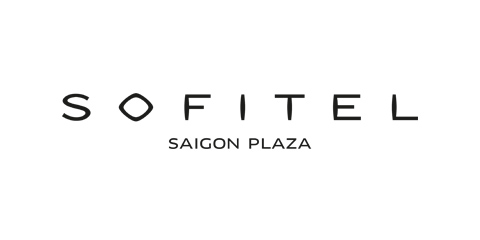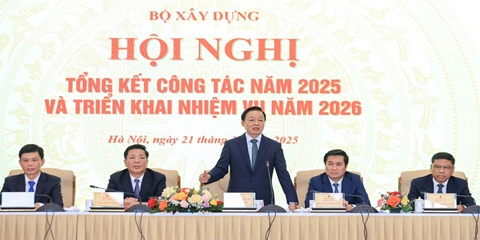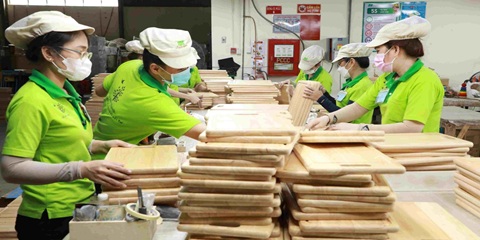Want to be in the loop?
subscribe to
our notification
Business News
VN APPAREL INDUSTRY SUFFERS DUE TO LACK OF COMPETITIVE DYEING, FABRIC SEGMENTS
Lopsided development of its various segments and dependence on imports have weakened the textile industry’s competitiveness and creativeness, experts said.
Nguyễn Văn Tuấn, chairman of the Việt Nam Cotton and Spinning Association, told Thời Báo Kinh Doanh (Business Times) newspaper that while the yarn and apparel segments had grown strongly, others like dyeing were poorly developed, causing a bottleneck.
Besides, garment companies were hugely dependent on imported fabric, he said.
In 2017, for instance, 6.5 billion metres of cloth were imported, or two thirds of the industry’s entire demand.
Việt Nam Customs data shows imports in May were worth US$1.35 billion, taking the total for the year to US$5.43 billion, a 5.8 per cent rise year-on-year.
“Because of dependence on imported fabric, companies have lost their creativity and so cannot add value,” Tuấn said.
Concurring with the idea, Trần Thị Thu Hiền of Chiến Thắng Garment Company said the main weakness of garment companies was their dependence on imported cloth, mostly from China.
That was also a reason Vietnamese companies were expected to face difficulties after the country joined free trade agreements like the CPTPP since China is not a member of these agreements.
Besides, the huge fabric import was a paradox considering two thirds of the fibre produced in the country, or 750,000 tonnes, were exported every year at increasingly lower prices.
Experts attributed this to the poor development of the dyeing segment.
They said local companies lacked proper awareness of the dyeing process. They also lacked the technologies, human resources and skills required to develop this sector.
Furthermore, there were no industrial zones fully equipped to serve the dyeing industry, they said.
Tuấn said developing the fabric and dyeing segments would be the key factor in the growth of the garment and textile industry.
He called for establishing industrial zones specialising in dyeing and cloth production.
Attracting foreign direct investment in the industry was also a key requisite for its development, he said.
Besides, there was a need for training human resources, he added.
Experts said most garment and textile companies had to hire foreign experts in dyeing, which pushes up their production costs.
So investing in the training of human resources was vital to developing the dyeing segment, they added.
Source:: VNS
Related News

A STELLAR CHRISTMAS AT SOFITEL SAIGON PLAZA
Experience the magic of year-end celebrations in five-star luxury, where Parisian elegance meets Saigon’s festive vibrancy. Discover your Stellar Christmas moments: https://sofitel-saigon-plaza.com/festive-offer-2025

CONSTRUCTION SECTOR POSTS OVER 9% GROWTH IN 2025
Industries under the ministry’s management accounted for an estimated 17.23% of national gross domestic product (GDP), up about 0.17 percentage point from 2024. They contributed around 1.96 percentage points to overall GDP growth, reported the Vietnam News Agency. The contribution helped push Vietnam’s economic growth to above 8% in 2025 and supports the Government’s aim of pursuing double-digit growth in the coming years.

VIETNAM PUTS PUBLIC INVESTMENT DISBURSEMENTS AT VND603.6 TRILLION
Vietnam’s public investment disbursements had amounted to VND603.6 trillion in the year to December 18, equivalent to 66.1% of the plan assigned by the prime minister. According to the Ministry of Finance, actual disbursements by December 11 had totaled VND577.7 trillion, or 63.3% of the prime minister-approved plan of VND913.2 trillion, the Vietnam News Agency reported.

SHINE INTO 2026 AT HOIANA RESORT & GOLF!
This New Year’s Eve, celebrate where the sea meets the sky. Vibrant performances, festive dining, DJ beats, live bands and dazzling fireworks come together for one unforgettable night. From beachfront countdown moments to curated New Year’s Eve dinners across Hoiana, every detail is designed to welcome 2026 in style.

VIETNAM’S TRADE SET TO SURPASS US$900 BILLION FOR FIRST TIME
Vietnam’s total import-export turnover is expected to reach about US$920 billion by the end of the year, marking the first time the country’s trade value has exceeded the US$900-billion mark. As of December 15, Vietnam’s total trade turnover stood at US$883.7 billion, according to the Agency of Foreign Trade under the Ministry of Industry and Trade.

GLOBAL SOURCING FAIR VIETNAM 2026 – THE TRULY GLOBAL B2B SOURCING SHOW IN VIETNAM TO EXPAND & DIVERSIFY YOUR EXPORT MARKETS WORLDWIDE
The 4th edition of Global Sourcing Fair Vietnam returns in 2026 with an impressive scale, featuring 700 booths showcasing Fashion & Accessories, Home & Gifts, and the newly introduced Printing & Packaging Products from 500+ verified suppliers across Vietnam and Asia – including Mainland China, Taiwan, Hong Kong SAR, South Korea, India, Bangladesh, ASEAN, and more.
























